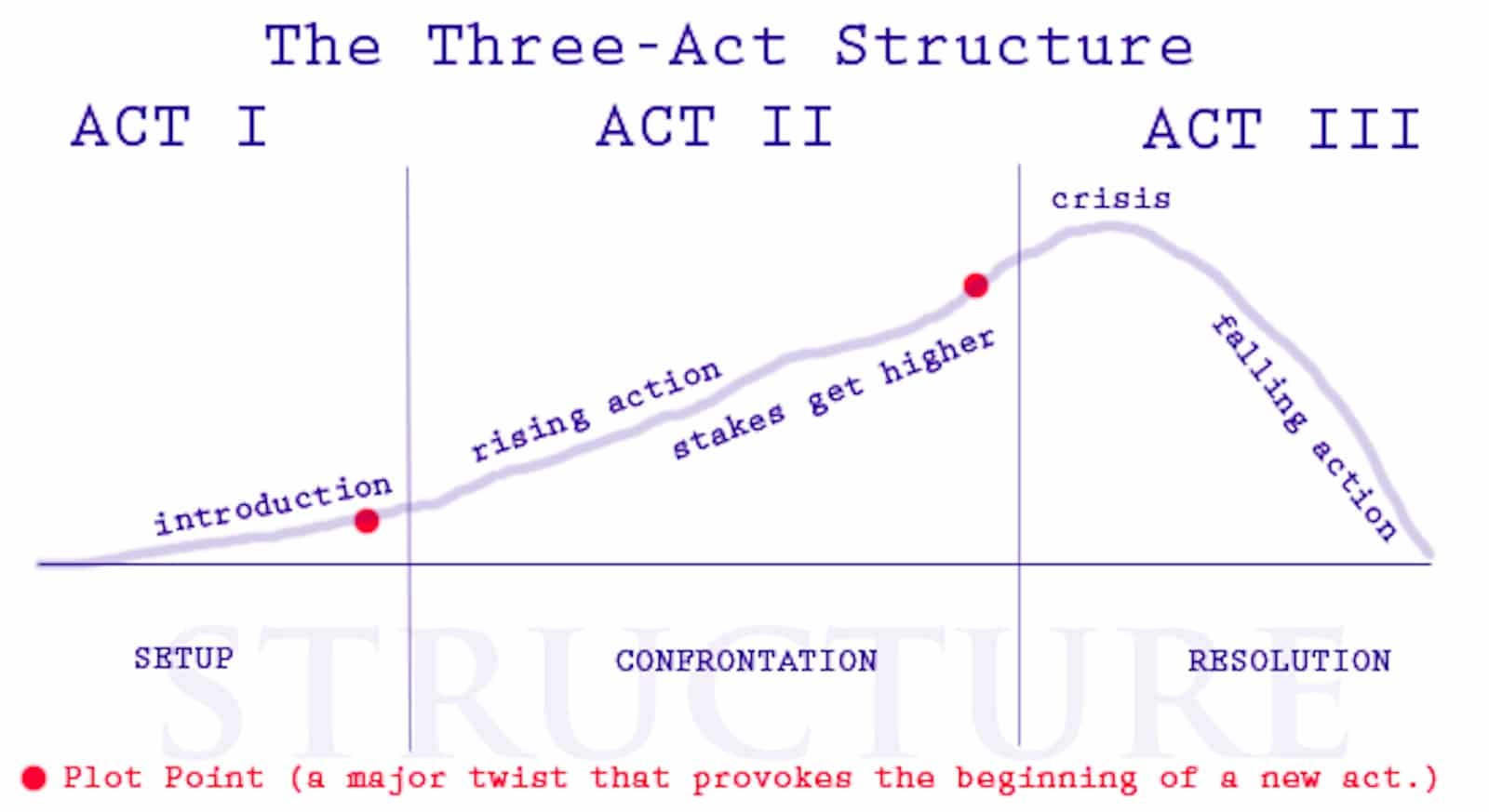Storytelling for entertainment is all about the escape from our everyday world and experiencing a different point of view which is something new and exciting. These techniques translate to books, movies, comics, the web, and more. This is an art-form we are really needing these days. So how do we begin?
Story Types
When teaching idea
creation in a storytelling class a very important topic we discuss
right off the bat is story types. One of the first things to
determine is the kind of story you are writing. Why? The story type will
dictate the structure. How many kinds of stories are there? If you were
to give this a number what would you say? Maybe 5, 7, or 12 kinds of
story? What if we were to remove genre out of the equation? What then? Believe
it or not, there are really only two kinds of story and it is a
throwback to the ancient Greeks: Comedy and Tragedy (which we
normally recast as drama). Regardless of story genre, including
fiction/non-fiction, whatever we write will be either funny or
serious. The reason why this is important is that the structure for
these two types is totally different.
Comedy
Comedy plays
out the worst in human nature for laughs. Take any sitcom and you
will see that they set up a premise at the very beginning of the
story, and based on the character archetype and relationships, they
have a string of gags that play out based on that premise. Usually, a
character says or does something, and a chain of events (gags) ensue
based on that initial incident. Check out popular long-running shows
like Big Bang Theory, Frasier, Everybody Loves Raymond, King of
Queens, and Two and a Half Men and you can see this in action. Short
sketch comedy like Saturday Night Live works this way too. Drama
however is a totally different animal.

Drama
In a drama, we have what is known as 3 act structure. You must have a beginning, middle, and end. We also call this the setup, confrontation, and resolution.
Act I: Setup
The setup involves the introduction of the characters, their story world, and some kind of "inciting incident,” typically a conflict that propels us into the second act. It’s usually the first 20-30 minutes of a film.
Act II: Confrontation or Build
The middle of your story should raise the stakes, you want the audience to keep
watching. This is the main chunk of the story and often leads us to the worst possible
thing that can happen to the character.
Act III: Resolution or Payoff
And the end should bring some kind of catharsis or resolution, (regardless if the ending
is happy or sad)
You usually have a protagonist (hero) and an antagonist (villain) who square off by the end of act II with an outcome or resolution in act III. There is in most cases, an obstacle that the hero must overcome, and a point of no return (plot point) at the end of act I and act II, that forces the hero to take action. Storytelling is about forward motion. Another important point is that unlike your villain, a hero goes through some type of change and is different by the end of the story. Syd Field covers this extensively in his book, “ Screenplay, the Foundations of Screenwriting", which is a must-read! Knowledge about the typical
character types and the importance of
subplot is key to getting maximum impact from your storytelling.
Thinking Outside The Box
If you follow the structure you can succeed in just about any genre. Note that even in a non-fiction environment, like a DIY or self-improvement story, you can successfully use a 3 act structure and still have it work. How about using the comedic structure for your next top ten list or reasons why you should or shouldn't do something. Game developers; think of the obstacles and rising conflicts in your act structure as goals, mission or quests for your player (which happens to be the main character). If you are not using structure properly in the case of these two types of storytelling there is a good chance your story will fail.
Did you like this article? Leave a comment for me at
jon@tripleadude.com.
Check these out as well:
Secrets to Overcoming Writer's BlockOvercoming Writer's Block Part IITop Ten Tips When Writing for the Entertainment MediumCharacter Types Will Make Or Break your StoryThe Importance of Plot and Subplot Want more? Subscribe now and stay in the loop for great posts.
Please check out our previous post on:
Keys to the Entertainment Kingdom
![Triple A Dude Audio Production Resource Guide: 400 + online resources for multimedia artists to maximize audio productivity and creativity by [LeMond, Jon]](https://images-na.ssl-images-amazon.com/images/I/41koYj2wqUL.jpg)


